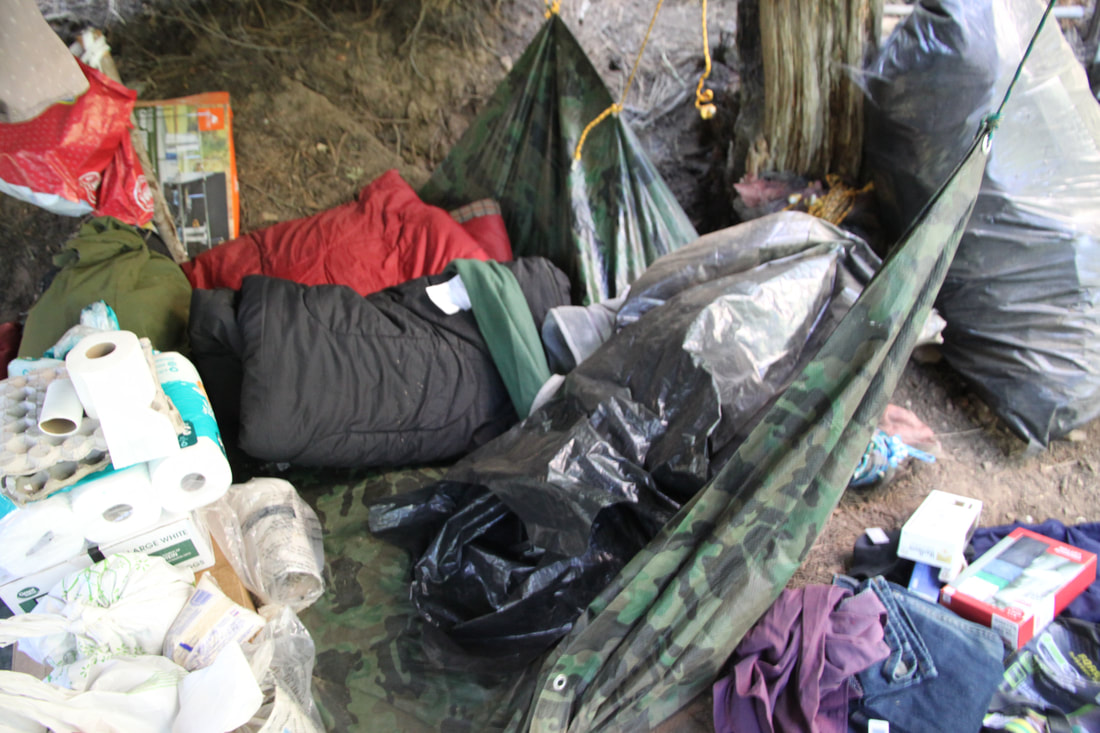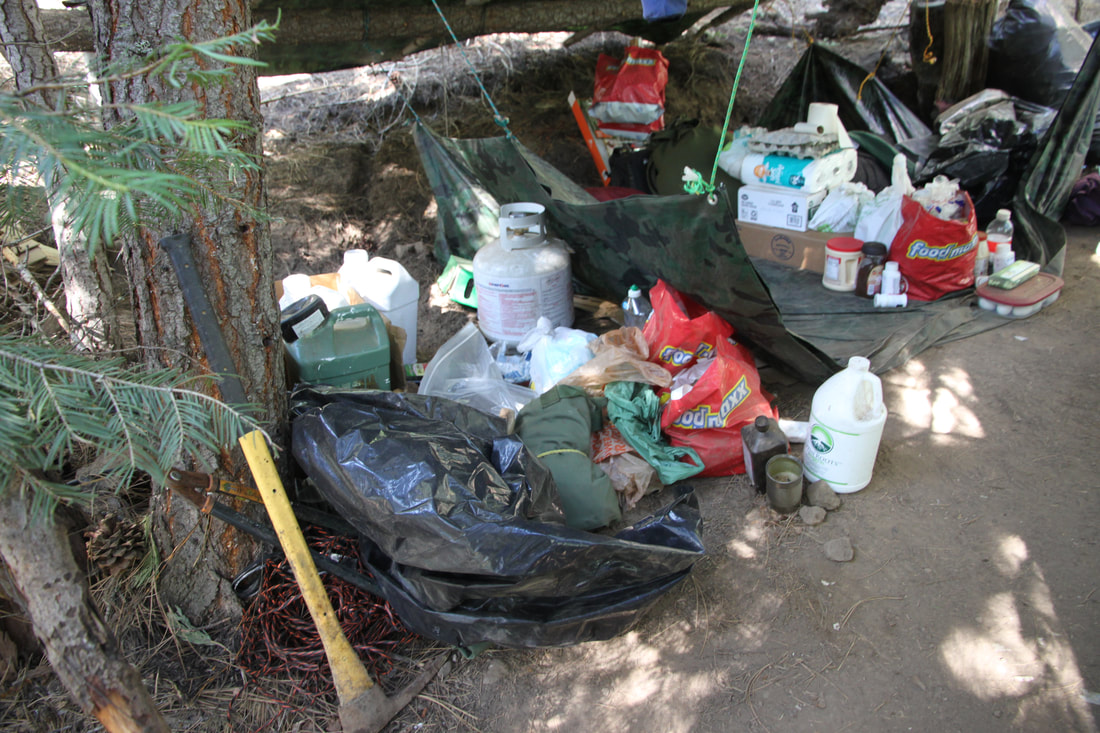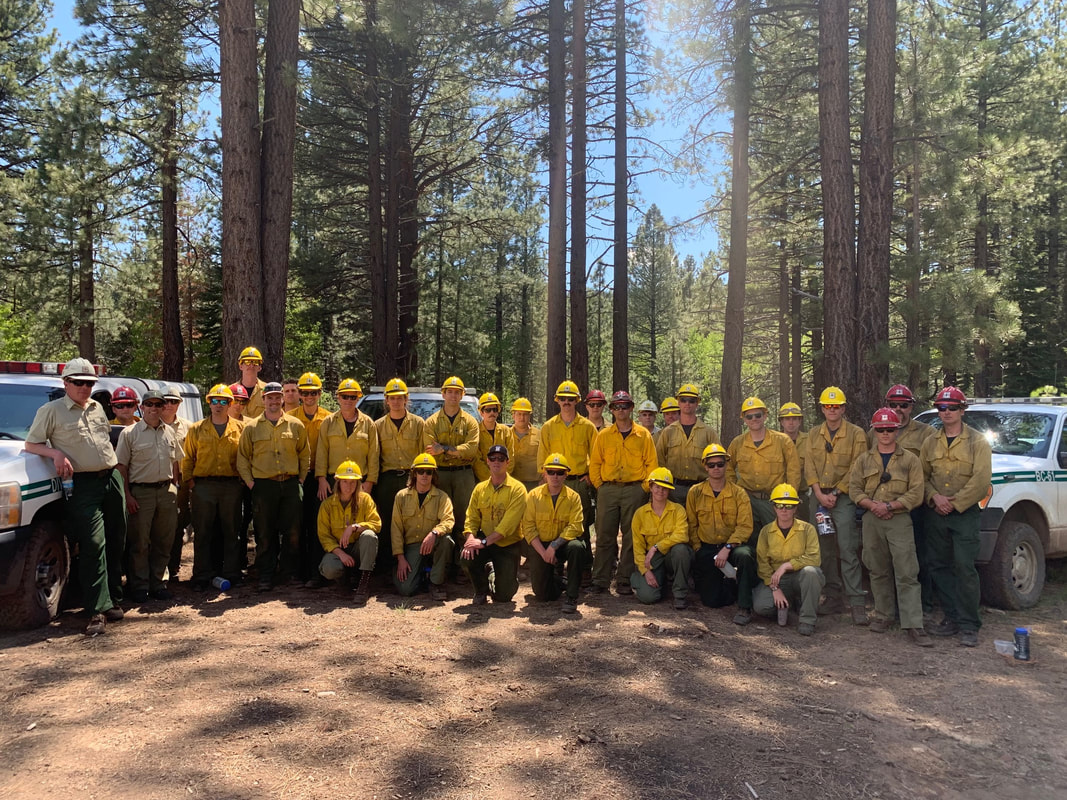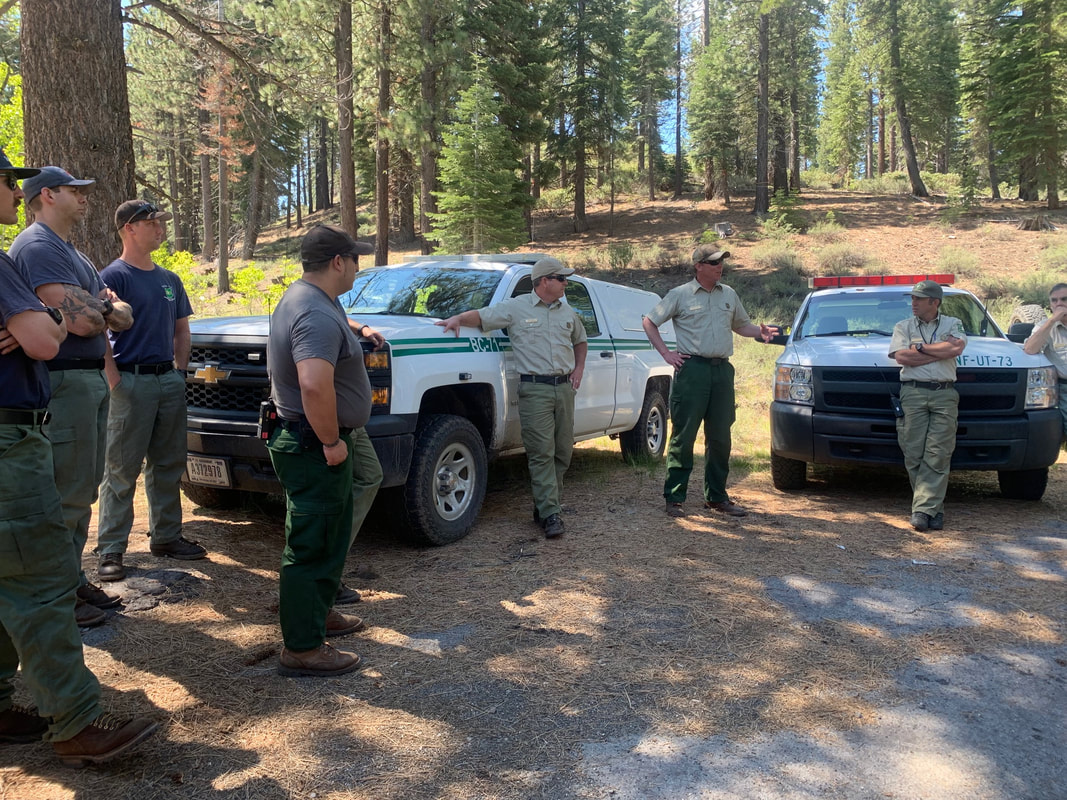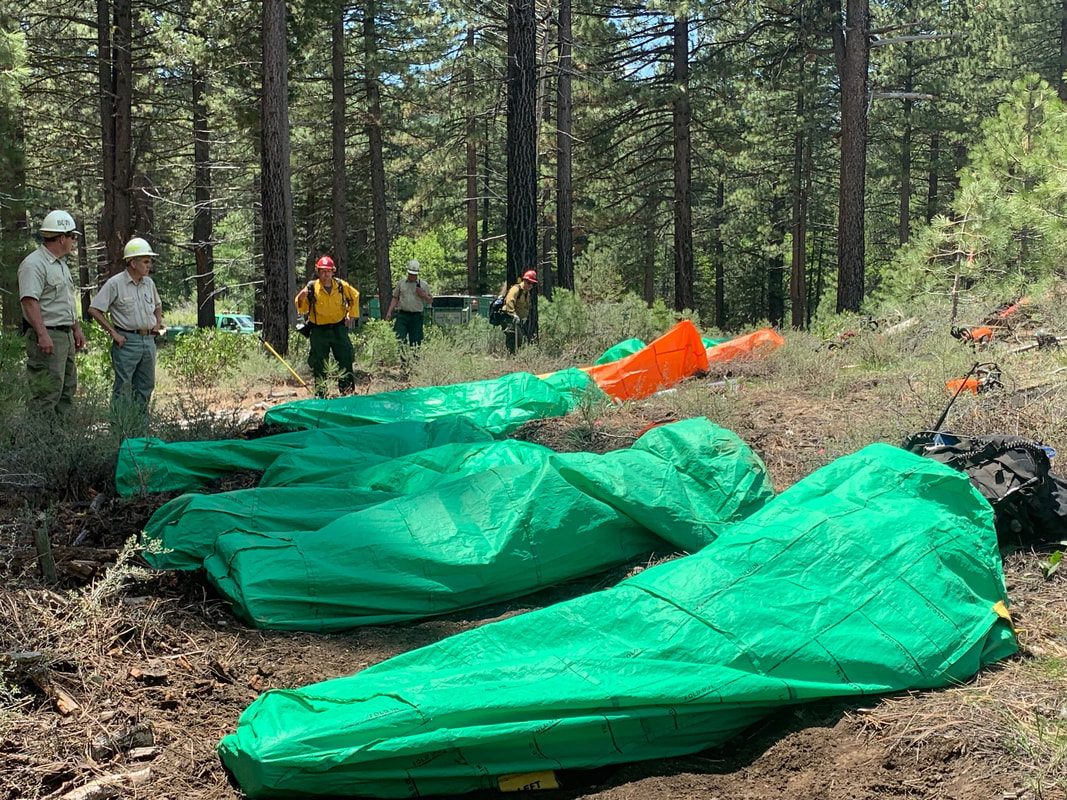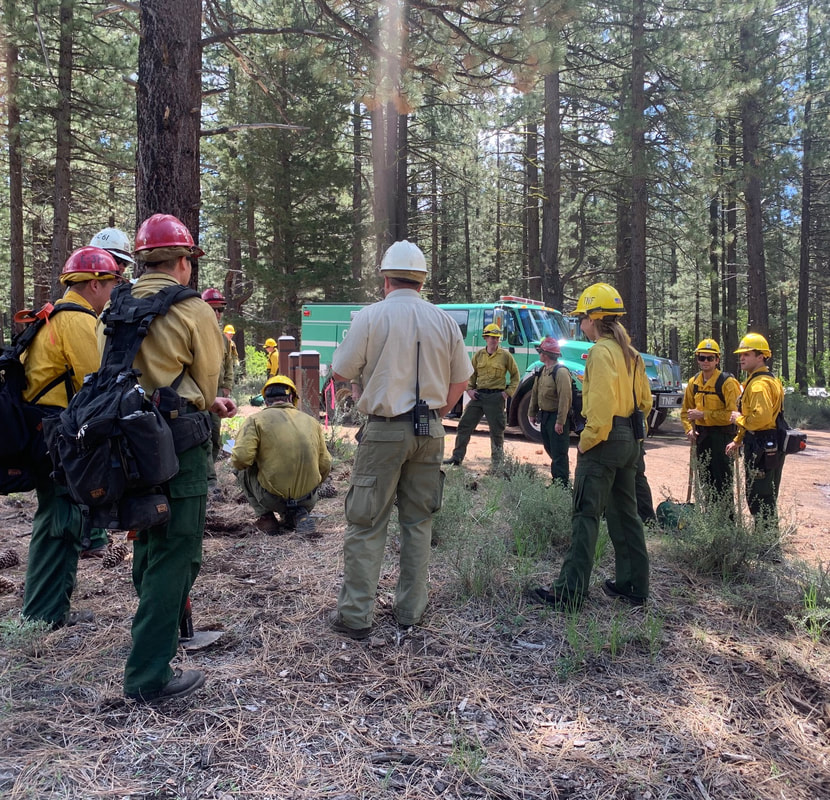Date of Release: 7/31/2019
Location of Occurrence: Crocker Mountain
Agencies: Plumas County SWAT Team, USFS Law Enforcement, California Fish and Wildlife and CAMP
Suspect: Mario Valencia 52 years of age from Mexico
On July 31, 2019 the Plumas County Sheriff’s SWAT along with Law enforcement officers from United States Forest Service, California Fish and Wild Life and CAMP conducted a marijuana eradication raid in the area of Crocker Mountain in north eastern Plumas County.
During entry into the garden area by law enforcement, the team encountered 2 Hispanic males who were tending to the marijuana plants. One suspect, Mario Valencia 52 years of age from Mexico was apprehended while the other fled on foot and was able elude the team. Valencia was booked into the Plumas County Jail on charges of cultivation of marijuana, possession for sales of marijuana and substantial stream diversion.
The raid team eradicated over 11,000 marijuana plants. There was a large amount of trash and fertilizer located in and around the garden. The characteristics of this garden are consistent with the gardens of large Drug Trafficking Organizations operated by the Mexican Drug Cartel. The investigation is ongoing.
By
Steve W Peay
Investigations Sergeant
